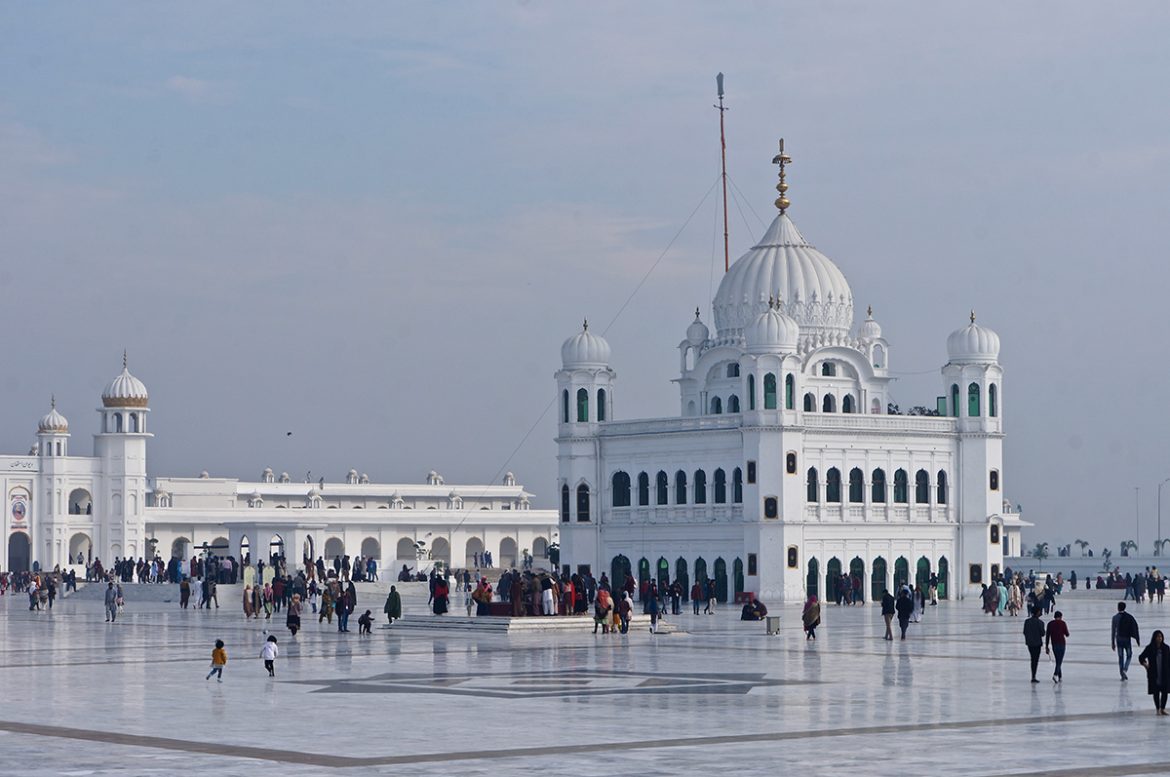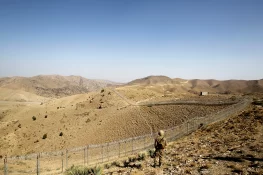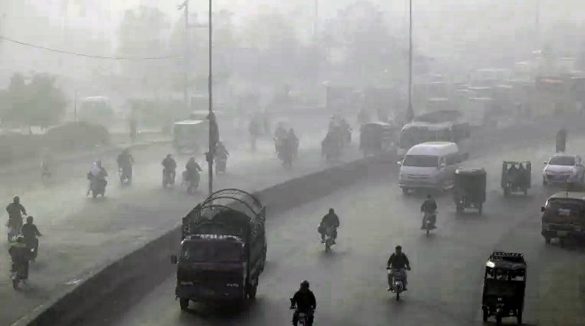Widespread Flooding in Kartarpur and Punjab
Severe monsoon rains have triggered devastating floods across Punjab, leaving vast swathes of land underwater and forcing thousands of people to flee their homes. Nationwide, the impact has been even more catastrophic, with nearly 800 people reported dead as monsoon floods devastate Pakistan.
Kartarpur, a historic town near the India-Pakistan border, has been particularly hard hit. The entire area is submerged, with floodwaters inundating houses, farmland, and infrastructure.
Authorities confirmed that the Sutlej, Ravi, and Chenab rivers have swelled to dangerous levels. Officials have begun moving people living near riverbanks to safer locations. A red alert has been issued across multiple districts, warning residents to stay away from flood-prone areas.
Indian Water Release Raises Alarm
Flood risk intensified after India released nearly 200,000 cusecs of water into the Ravi River. The sudden discharge has significantly increased water levels downstream in Pakistan, affecting not only the Ravi but also the Sutlej and Chenab rivers.
The Indian High Commission had earlier shared information with Pakistan about the expected water release. Acting on this, the Indus Water Commissioner in Islamabad issued a flood alert, citing the likelihood of “high-level flooding” at key monitoring points. According to forecasts:
-
The Sutlej River is expected to swell further at Harike and Ferozepur.
-
The Ravi River is at risk of flooding at Madhopur.
-
The Chenab River faces similar threats at Akhnoor in Jammu and Kashmir.
Record Water Flows Reported
The Flood Forecasting Division in Pakistan has reported record water flows in several major rivers. At Head Marala, the flow in the Chenab has reached nearly 696,534 cusecs. Meanwhile, at Ganda Singh Wala, water flow in the Sutlej has risen to 245,236 cusecs and is expected to climb to 280,000 cusecs in the next 12 hours.
These figures highlight the scale of the crisis, as normal river flows are typically a fraction of these volumes. Experts warn that sustained inflows at this rate could breach embankments and overwhelm flood defenses, causing further displacement and damage.
Relief and Rescue Operations Underway
With entire villages and farmland submerged, rescue teams are working around the clock. Emergency services are using boats to evacuate stranded families, while temporary shelters have been established in government buildings and schools. Relief supplies, including food, drinking water, and medical aid, are being distributed to displaced communities.
Local authorities say their top priority is saving lives. “We are monitoring the situation 24/7,” a Punjab disaster management official stated. “Our teams are focused on evacuation, providing relief, and ensuring that no one is left behind.”
Wider Impact Across Punjab
Flooding has not only destroyed homes but also washed away crops in one of Pakistan’s most fertile agricultural belts. Farmers fear huge losses in rice, maize, and sugarcane harvests, which are vital for the local economy. Livestock, a major source of income for rural families, has also been swept away in several areas.
Analysts warn that prolonged flooding could worsen food inflation in Pakistan, which is already grappling with economic challenges. The monsoon season has historically brought both relief and destruction, replenishing reservoirs but often triggering deadly floods.
A Region on High Alert
The authorities continue to issue fresh warnings as rainfall is expected to persist. Meteorologists predict more heavy showers in upper catchment areas, which could aggravate flooding in the coming days.
For now, the people of Kartarpur and surrounding districts face a grim wait. Many families have taken shelter on rooftops, waiting for rescue, while others are moving to higher ground on foot or with whatever transport they can find.
Officials urge residents to follow advisories and avoid returning to their homes until the danger has passed. With water levels still rising, the scale of the disaster may grow before the situation improves.















